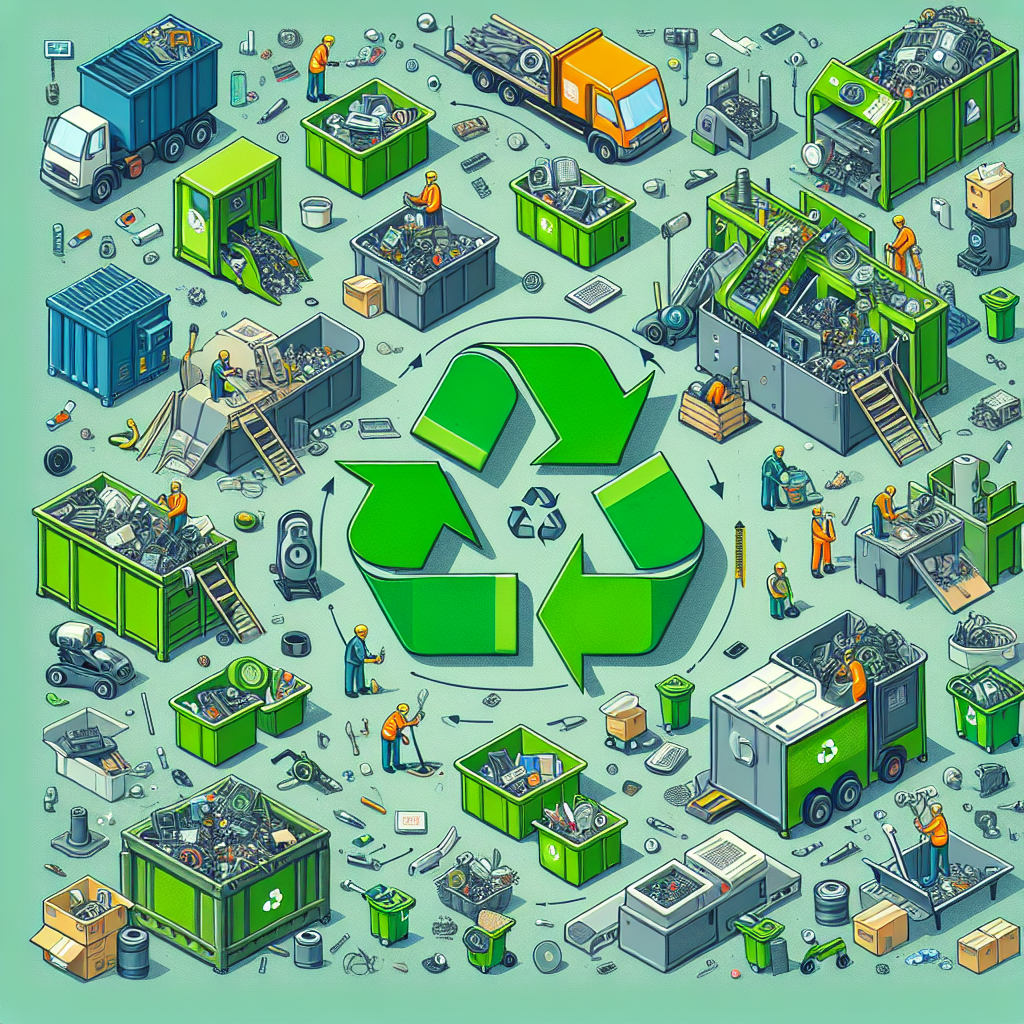Blog Ecobraz Eigre

Recycling Electronic Waste: Stages of Reverse Manufacturing (With Flowchart)
Introduction to the Recycling of Electronic Equipment
The recycling of electronic waste is a fundamental practice for sustainability and compliance with current environmental legislation, such as Law No. 12.305/2010 (National Solid Waste Policy). This article details the essential stages of reverse manufacturing applied to electronic waste, highlighting technical and regulatory procedures for the proper management of these materials.
Legislation Applied to Electronic Waste Management
The National Solid Waste Policy (PNRS) establishes guidelines for the proper management of solid waste, including electronic waste. In addition, the PNRS and the National Solid Waste Management Information System (SINIR) contribute to control and transparency in the final disposal of this waste. Sustainable management includes the implementation of reverse logistics, which prioritizes the reuse and recycling of electronic components.
Reverse Manufacturing Steps in Electronic Waste
Reverse manufacturing in electronic waste comprises a set of structured processes for recovering and reusing materials, avoiding environmental impacts and issues relating to information security.
- Selective Collection and Transportation: The selection and collection of electronic devices must seek the integrity of the materials and segregation according to the technical classification of waste. To schedule e-waste collection, use the official service available at ecobraz.org/en_BR/eletronicos.
- Reception and Sorting: At this stage, the waste is classified according to its condition and type, separating reusable components, parts for disposal and hazardous materials, based on the technical criteria set out in the NBR ISO 14001 standard.
- Disassembly and Safe Disposal of Media: Equipment is disassembled to extract valuable and safe parts, especially with regard to storage devices. The safe de-characterization of media such as hard drives is essential for data protection and can be scheduled at ecobraz.org/en_BR/sanitizacao-de-hd.
- Processing and Treatment of Materials: To recommend the treatment of materials, we highlight decontamination procedures and preparation for mechanical or chemical recycling, in accordance with the regulations of CETESB and the Ministry of the Environment.
- Valorization and Recovery: Reuse of precious metals, plastics and other components, allowing them to be reinserted into the production chain and closing the reverse manufacturing cycle.
- Environmentally Appropriate Final Disposal: Waste that cannot be recycled is sent to appropriate units for treatment and final disposal, complying with the parameters of current legislation.
Flowchart of Reverse Manufacturing Stages
The process can be illustrated as shown below:
Selective Collection and Transportation (Scheduling via ecobraz.org/en_BR/eletronicos) -> Reception and Sorting -> Disassembly and Safe Disposal of Media (Scheduling via ecobraz.org/en_BR/sanitizacao-de-hd) -> Processing and Treatment -> Valorization and Recovery -> Environmentally Appropriate Final DisposalFinal Considerations
The correct handling of e-waste through reverse manufacturing contributes to sustainability, reduces environmental damage and provides information security. It is essential to follow specific legal and technical regulations to ensure efficiency and compliance in the process.

Deixe um comentário
O seu endereço de e-mail não será publicado. Campos obrigatórios são marcados com *